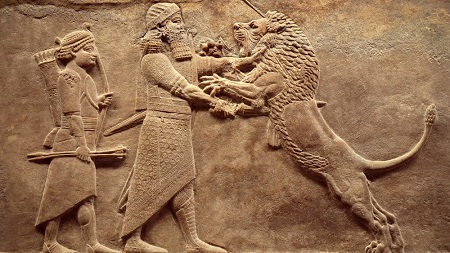mesopotamian

Mesopotamia was a region located in the fertile crescent between the Tigris and Euphrates rivers, encompassing modern-day Iraq, Kuwait, parts of Syria, and Turkey. It is often referred to as the "cradle of civilization" due to its role in the development of some of the earliest known human societies. Mesopotamia was home to several ancient civilizations, including the Sumerians, Akkadians, Babylonians, and Assyrians, each contributing to the region's rich cultural, political, and technological heritage. The civilization of Mesopotamia was characterized by its advanced agricultural practices, including irrigation systems that allowed for the cultivation of crops and the development of surplus food production. This surplus supported the growth of urban centers and the emergence of complex social and political structures. Mesopotamian cities were organized around temple complexes, known as ziggurats, which served as religious and administrative centers. The region is also known for its early writing systems, including cuneiform script, which were used to record economic transactions, legal codes, religious texts, and literature. Mesopotamian society was stratified, with a ruling elite composed of kings, priests, and bureaucrats, supported by a laboring class of farmers, artisans, and merchants. Despite frequent conflicts and invasions, Mesopotamia thrived for thousands of years, leaving behind a lasting legacy of innovation and cultural achievement that continues to influence the modern world.